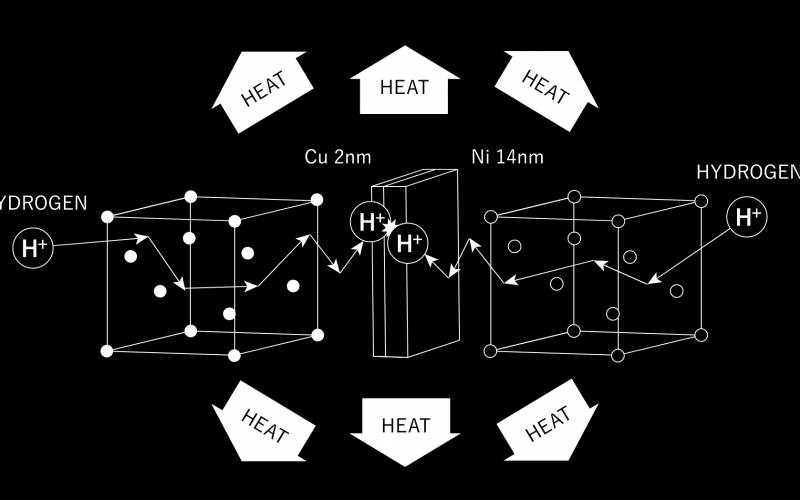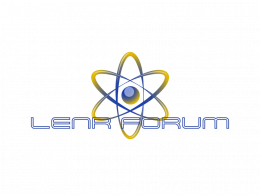It is generous to say there are a handful of labs around the world that have a serious shot at commercially-viable heat from the table-top fusion energy generators using metals and hydrogen. Out of those few, two companies stand apart with their achievements of consistently increased power output: Brillouin Energy Corporation [Website: https://brillouinenergy.com/ ] and Clean Planet Inc, [Website: https://www.cleanplanet.co.jp/ ] both using nickel metal composites and hydrogen to make table-top heating units, with different design configurations.
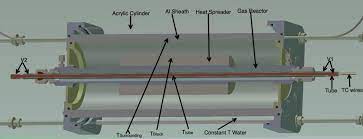
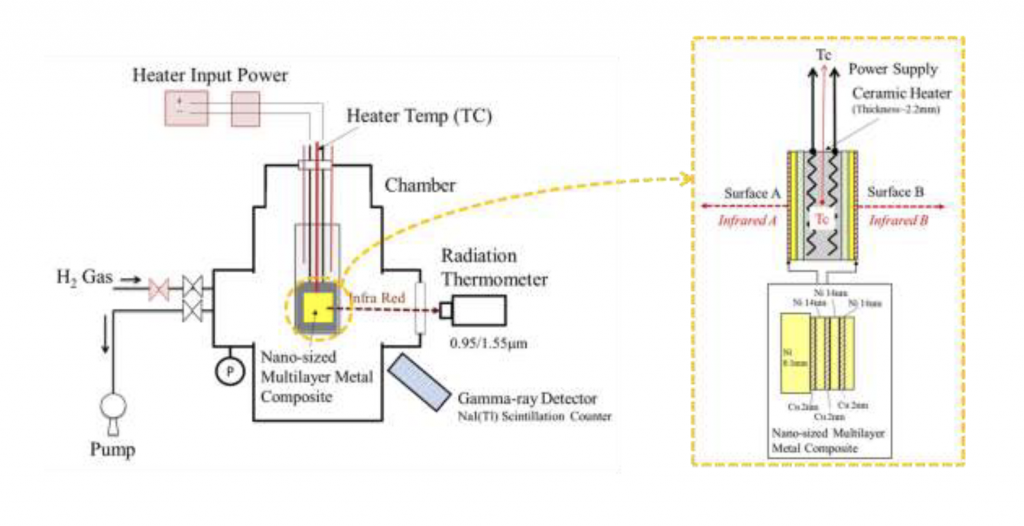
But with the resources of a whole country behind one of them, figuratively speaking, Clean Planet, Inc. has advanced its mission considerably.
QHe Ikaros heat module
Based in Japan, Founder and CEO Hideki Yoshino became activated after the Fukushima Disaster and since then, he has solicited the participation from every sector of Japanese society to collaborate on the development of a heating module made from safe, tabletop fusion power under the name Clean Planet, Inc. With labs from top universities for research, engineering and manufacturing support from industry, and the glue of private and government funding, Clean Planet has announced the planned release of a working prototype at a pilot plant in 2024.
Using low-cost hydrogen-infused nickel-copper nano-particle layers, the QHe Ikaros heat module is a 2kw desktop-sized heater (63 cm x 6 cm). QHe stands for Quantum Hydrogen Energy, the name they gave to the heat-producing reaction when hydrogen becomes excited within the tiny nano-spaces of the nickel and copper metal particles.
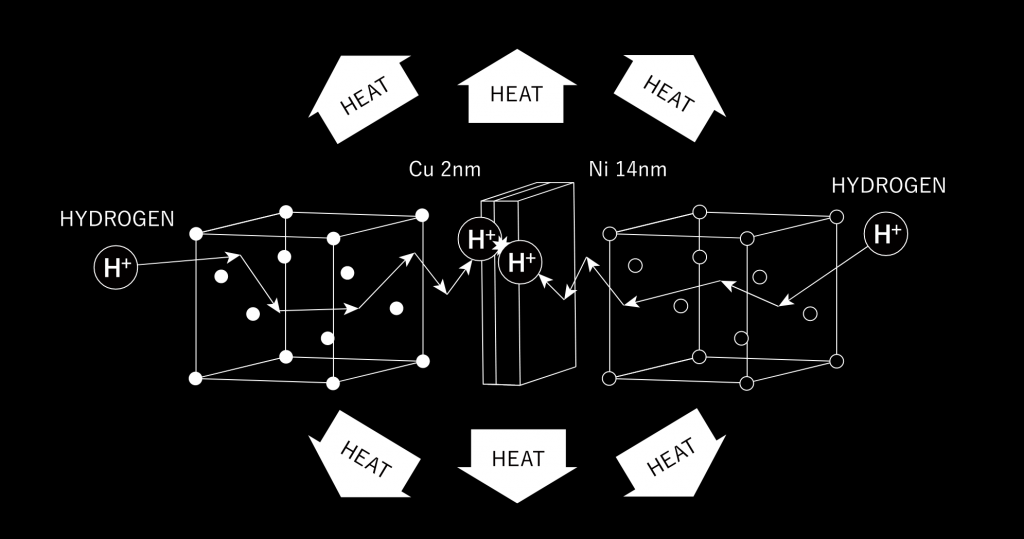
According to their website, the 4kg modules will have the ability to heat water or air, and multiple modules will link together to produce MegaWatt power. The first applications will be industrial while regulatory and safety benchmarks are met for residential use. Eventually, “with QHe, less than 10 grams of hydrogen are needed to power the monthly electricity and heat needs of a household”, says Clean Planet.
The company was built upon an already strong foundation of exploratory energy science that began in 1989 with the announcement of cold fusion. Japan has a wide pool of talented nuclear and fusion research scientists with a strong presence in condensed matter nuclear science. Clean Planet gathered together research leaders like Tadahiko Mizuno, Akito Takahashi, and Yasuhiro Iwamura, to name just a few, and though the lineup has morphed and grown over the last ten years, the group continuously reported higher and higher heat output levels.
However, beginning at ICCF24, when their product timeline was announced, no more reports of higher heat were given. Now, low-power experiments at 6-10Watts are providing data on particulars of the reaction. To be cleared for residential use, these zero-carbon hydrogen-powered heat modules must be completely safe.
See timezones at World Time Buddy.
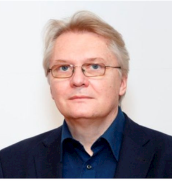
ICCF25 begins this weekend in Szczecin, Poland with hosts Physics Professor Konrad Czerski and the research team at University of Szczecin. They have a program that promises a parade of heat-producing designs, but more than any, nano-composite powders from metals like nickel and copper are taking attention because of their stark success in generating heat.
Reports from Japan
Japan has six speakers scheduled for ICCF25, with five of those presenting on various aspects of heat generation from nano-sized metal particles infused with hydrogen.

On Monday, Jirohta Kasagi of the Research Center for Electron Photon Science at Tohoku University, and one of the key institutions behind the Ikaros technology, will talk about Photon radiation calorimetry for anomalous heat generation in NiCu multilayer thin film during hydrogen gas desorption, following up on his reporting from ICCF23 and ICCF24. [See ICCF23 presentation here http://ikkem.com/iccf23/MP4/3a-IN18.mp4 and ICCF24 presentation here https://youtu.be/6No_5YABz2U ]
Jirohta Kasagi’s abstract [See Abstracts compilation here ] describes the process developed by Clean Planet Inc and Tohoku University to obtain their heat power:
The current method of energy generation developed by Tohoku U. and Clean Planet Inc. is as follows [2]: H2 or D2 gas is occluded in a thin film sample, which consists of a multilayer NiCu film deposited on a Ni substrate. After the sample absorbs H2 (D2) gas, the chamber containing the sample is evacuated and at the same time the sample is heated up by a heater to about 1000K. Then, the sample starts to produce excess heat during desorption of H2 (D2) gas from the sample.
The focus now is to determine what types of photon radiation are being emitted when the generator is in operation producing large anomalous excess heat since “… Extensive spectral measurements of light radiation provide visual evidence of excess heat power.”
Also discussing the analysis of photon radiation is Clean Planet’s Chief Science Officer Takehito Itoh, who will present virtually with Photon Radiation Analysis for Spontaneous Heat Burst during Hydrogen Desorption from Nano-sized Metal composite. [See ICCF24 report https://youtu.be/3xeEVYTKYlI?si=yWHtOGSWp_gQmEK5 ]
Tomotaka Kobayashi of Waseda University, a lab working with Technova, will present virtually on Monday with Anomalous temperature increases in single-component metal powder exposed to pulsed high-press hydrogen gas: fundamental experiments for high power focusing engine. [See ICCF23 presentation http://ikkem.com/iccf23/MP4/1b-OR2.mp4 and the poster presentation at ICCF24 https://youtu.be/VJyXo7QJKH4?si=qDWJMJd3EL9uumgC ]
Yuta Toba, also of Waseda University, is presenting virtually on Wednesday with the very interesting engineering investigation on Optimization of gas-jet nozzle length for increasing anomalous heat generation due to metal composite nanopowder and hydrogen gas.
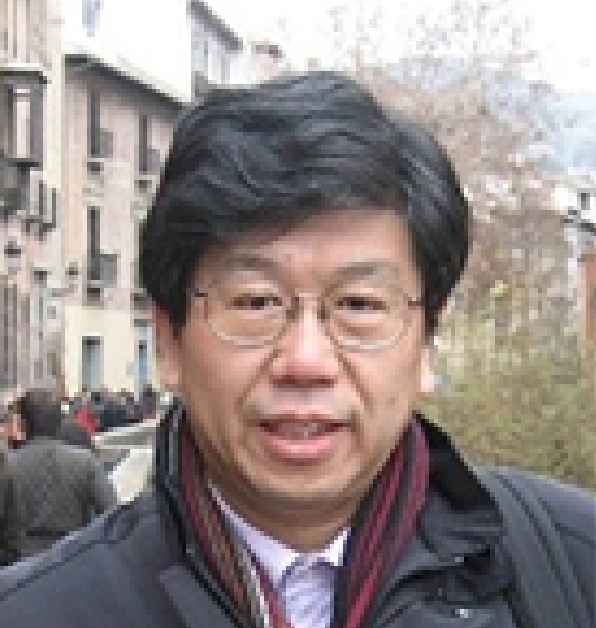
Tuesday morning 9AM Szczecin time, don’t miss Yasuhiro Iwamura, lead researcher for Clean Planet and currently with Research Center for Electron Photon Science at Tohoku University. He and his team at Mitsubishi Heavy Industries developed the nano-particle heat production method now in use by Clean Planet.
Professor Iwamura will present in person on Elemental analysis and quadrupole mass spectrometry toward the clarification of anomalous heat generation observed in Ni-based anon-multilayer metal composite and hydrogen gas. [See ICCF23 report http://ikkem.com/iccf23/MP4/1b-PL3.mp4 and the ICCF24 report https://youtu.be/rT_LvU7_FjM?si=REobAVEY3OtMlE8j ]
More data on heat from hydrogen desorption, this time using a palladium foil is presented virtually by Shinya Narita of Iwate University with Heat Measurement in Hydrogen Desorption Experiment Using Pd Foil Coated with Ni Membrane. [See his Poster from ICCF24 https://youtu.be/n09AeMAItNY?si=3bfXtdB_cIT2j8a6. Professor Narita also gave a Short Course on Hot Gas Loading https://youtu.be/fyRKgccCxko?si=4JLquAS5PqzUNxJe ]
Growing attention on nano-space metal-hydrogen heat
But scientists in Japan are not the only ones using nano-particle metals. Jean-Paul Biberian is a Physics Professor at Aix-Marseille Université and current Editor-in-Chief of the Journal of Condensed Matter Nuclear Science.
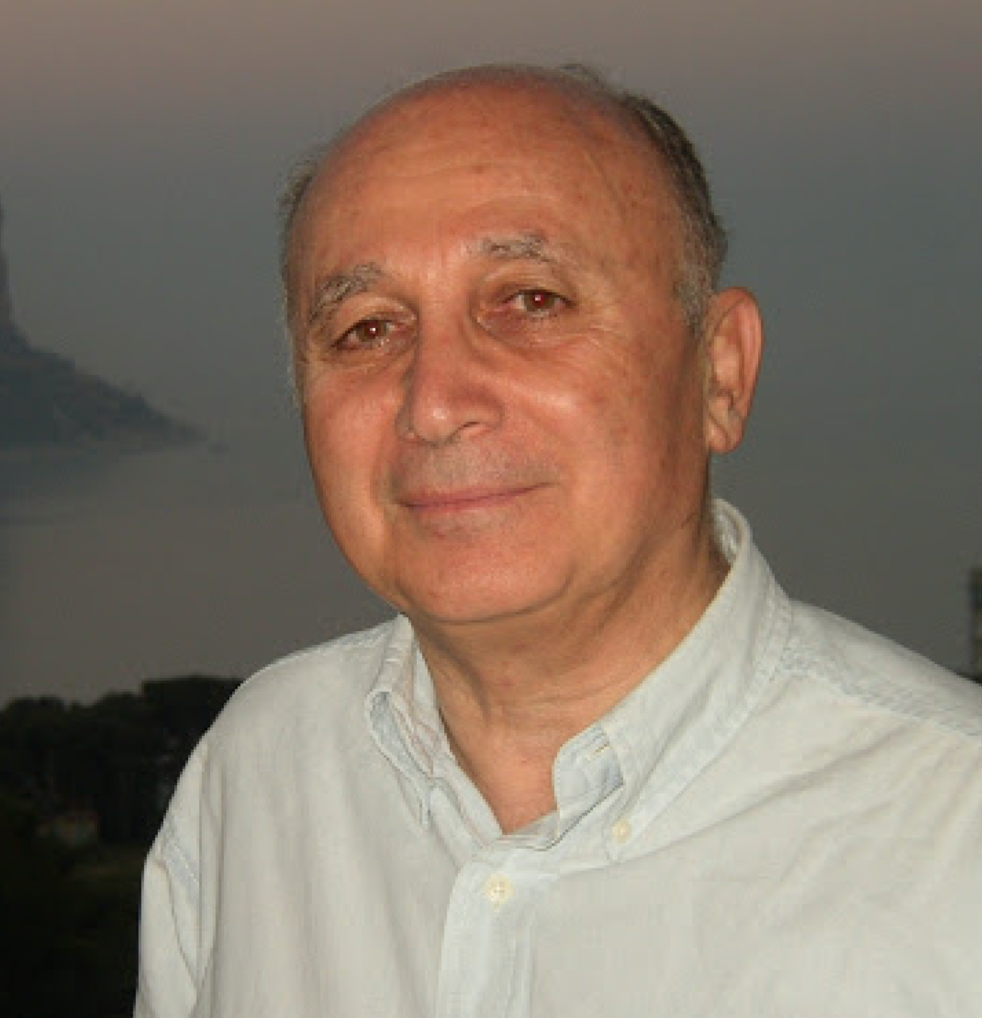
Now at Vegatec, he will be opening the ICCF25 lectures Monday morning live in person with the very first talk titled Excess Heat in Nano Particles Based on Hydrotalcites. [See ICCF24 https://youtu.be/p2rMRphg2TE?si=4sAqkYwI3h6Cursa and ICCF24 Short Course on Transmutations https://youtu.be/ekC0I-xBtMk?si=5k2I3UT3ItFwBn– and his ICCF23 http://ikkem.com/iccf23/MP4/1b-IN07%20Biberian.mp4 on transmutations. ]
The companies working to make heat and power, including micro-thermal and micro-electricity, are developing different types of reactors from a variety of designs. Another company on the verge of success is using nickel composite metals and hydrogen, but with a different design.
The Brillouin Energy Corp, based in Berkeley, California [ website https://brillouinenergy.com/ ] has not benefited from the support of the U.S. academic, industrial, or governmental sectors, but nevertheless developed the Hot Tube for heating and hot water, and have been incrementally increasing heat output over the last decade. Fortunately, new opportunities for support are opening up in the U.S. According to the Brillouin Energy website, their generator has two modes of operation :
Hydrogen is loaded, in the form of either a wet electrolyte, or as a gas, into highly engineered metallic cores constructed from nickel inside of a pressure vessel – either a WET™ or HYDROGEN HOT TUBE™ boiler system – and catalyzed with electrical charges from Brillouin Energy’s proprietary Q-Pulse™ electronic pulse generator.
Heat production from Brillouin generators has been previously verified by Francis Tanzella at SRI International, now of Energy Research Center. On Monday at 11:50am Szczecin time, he will be presenting live in person an updated analysis with Total Calorimetry (“from the wall”) in a Brillouin reactor. [ See ICCF23 talk http://ikkem.com/iccf23/MP4/2a-PL06.mp4 ]
At the 25th International Conference on Condensed Matter Nuclear Science ICCF25, heat from plasma, constantan wires, foils, targeted beam experiments, power from NANORs, and micro-electricity will fill out the reports on power generation research. How much power, and how can we develop it fast enough into a technology is the ultimate goal. So far, it looks like the metallic nano-powders layered into wafers are winning the big heat race.



